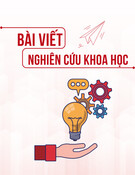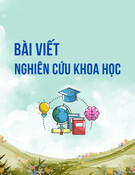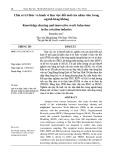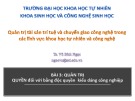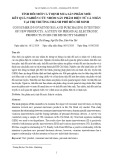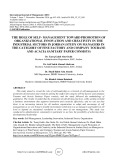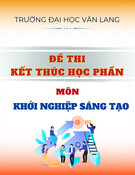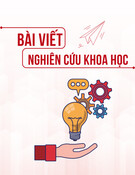
http://www.iaeme.com/IJM/index.asp 84 editor@iaeme.com
International Journal of Management (IJM)
Volume 8, Issue 1, January – February 2017, pp.84–97, Article ID: IJM_08_01_010
Available online at
http://www.iaeme.com/ijm/issues.asp?JType=IJM&VType=8&IType=1
Journal Impact Factor (2016): 8.1920 (Calculated by GISI) www.jifactor.com
ISSN Print: 0976-6502 and ISSN Online: 0976-6510
© IAEME Publication
INVESTIGATE THE RELATIONSHIP BETWEEN
ORGANIZATIONAL LEARNING CAPABILITIES AND
ORGANIZATIONAL INNOVATION IN THE FOOD
INDUSTRY (SUBSIDIARY INDUSTRIAL ESTATES OF
KERMANSHAH PROVINCE)
Yosra Salehi
Master of Business Administration, Assistant Professor, University of Applied Science,
Paveh Kermanshah, Iran
Ahoo Naseri
Master of Business Administration, Assistant Professor, University of Applied Science,
Ravansar Kermanshah, Iran
ABSTRACT
The ability to learn is a vital factor for innovator organizations. Innovation is crucial for the
survival of organizations in a dynamic environment. So anticipate the impact of organizational
characteristics is the utmost importance on innovation. Organizational background shows that
organizational learning capability plays a vital role in the development of companies and increase
innovation. This study considers the relationship between organization all earning capabilities and
organizational innovation and it is lead to the conclusion that organizational learning effect on
organizational innovation. The proposed model of the project as four dimensions: conversation,
empiricism, risk-taking and mutual interaction with the external environment and was measured
by28items.Scaleshave been validity by the results obtained of data collected from 42 food industry
under the Industrial Estates in Kermanshah province.103valid questionnaires were collected and to
test the research model was used by confirmed Factors analysis approach. The results showed that
organizational learning capability is a significant and positive impact on organizational
innovation.
Key words: organizational learning capability, organizational innovation, food industry.
Cite this Article: Yosra Salehi and Ahoo Naseri, Investigate the Relationship Between
organizational Learning Capabilities and organizational Innovation in the Food Industry
(Subsidiary Industrial Estates of Kermanshah Province). International Journal of Management,
8(1), 2017, pp. 84–97. http://www.iaeme.com/IJM/issues.asp?JType=IJM&VType=8&IType=1





